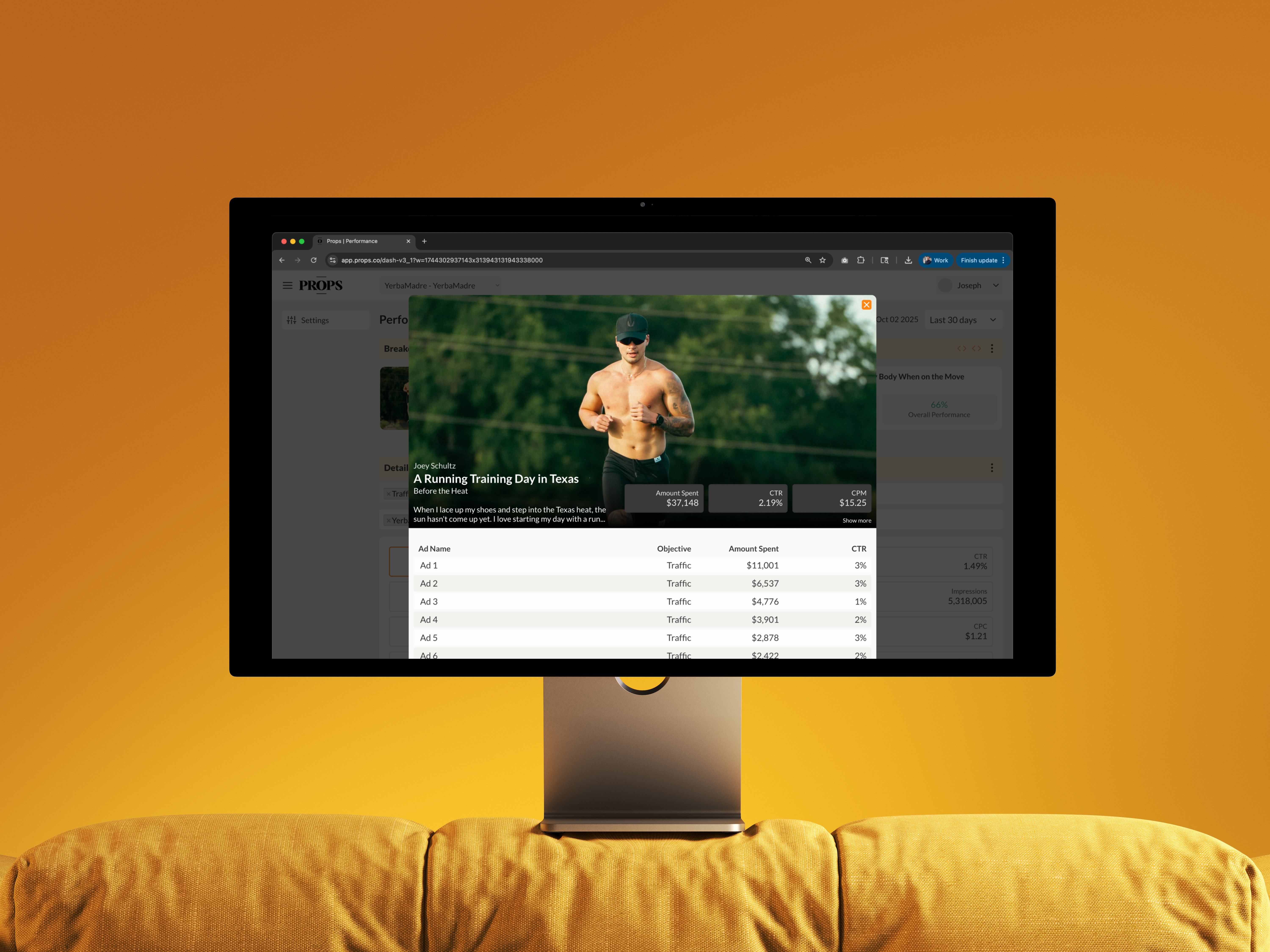Content Sets Brands Free
Synopsis
Patagonia has long embraced content and is now free to express itself in ways other brands, tied to the limitations of advertising, cannot.
By definition, content is interesting and attractive because it tells a compelling story about people’s interests, passions, and beliefs – rather than what a marketer seeks to force on others.
Sure, there are ads that are interesting and they could be called content. But they are few. If you seek to make "content" within the construct of advertising then you are in the hit business. And hits are unpredictable, expensive and very hard to replicate.
COMPELLING STORYTELLING...
Content, on the other hand, is not limited by time, format, reasons to believe, unique value propositions and the constrictive-by-design world of agency briefs. It is free to appeal to people based on their values, passions, and beliefs, rather than through a brand's commercial objectives. Made well, content is authentic.
...ACHIEVES MORE THAN SELLING
At its absolute best, advertising is manipulative. And "branded content" is just advertising in disguise. The premise of advertising is contrary to the attitudes and behaviors of the largest generations of consumers – not to mention their viewing, reading and listening habits.
PATAGONIA IS LIKE ROLLING STONE
But Patagonia isn’t restricted by these conventional limitations because they act as a great publisher. And like a great publisher, they take a stand and they talk about it.
Since its inception, Rolling Stone has taken a stand for the expression of liberal ideas through the culture of music. Their stories adhere to this general theme and bias. Patagonia has always taken a stand for conservation and the outdoor lifestyle. Like Rolling Stone (or any other good publisher), Patagonia publishes content about matters which are consistent with their purpose – protecting parks, wildlife, and our environment – and which resonate deeply with their audiences. Patagonia’s content is aligned with its mission which is aligned with its audiences, who can legitimately be called believers.
PATAGONIA IS NOT IN THE HIT BUSINESS
Like a great publisher, they employ dozens of content creators, all of whom are professional writers, filmmakers, photographers or podcasters with expertise and credibility in their fields of passion. Patagonia creators publish dozens of articles about their passion and accomplish what great publishers seek: They attract engaged, like-minded audiences for a reasonable cost.
EDITORS RATHER THAN BRAND MANAGERS
Marketers at Patagonia act like editors, rather than brand managers. They recruit top ‘reporters’, who are aligned with their mission, assign them to cover topics which inspire action and give them the freedom to tell these stories from their point-of-view.
PUBLISHERS USE THEIR BULLY PULPIT
So does Patagonia. After Trump was elected, Rose Marcario, Patagonia's CEO, wrote a series of critical articles published on Patagonia. Much of the subsequent stories published by Patagonia and its creators followed suit – telling stories about our environment, our wildlife and the steps we all must take to protect it.
REVENUE IS UP 4X
This approach has created massive commercial success for Patagonia - their revenue has quadrupled since its story-driven CEO took the reins.
Certainly, content alone isn’t the cause of Patagonia’s success. Their leadership, great products, commitment to innovation and design thinking play a critical role.
But, unchained from the limitations of the advertising-industrial complex, Patagonia is free to tell stories, influence people, grow their brand, sell more great products and reshape the world closer to their ideal.
Photo by Brandon Sharpe











